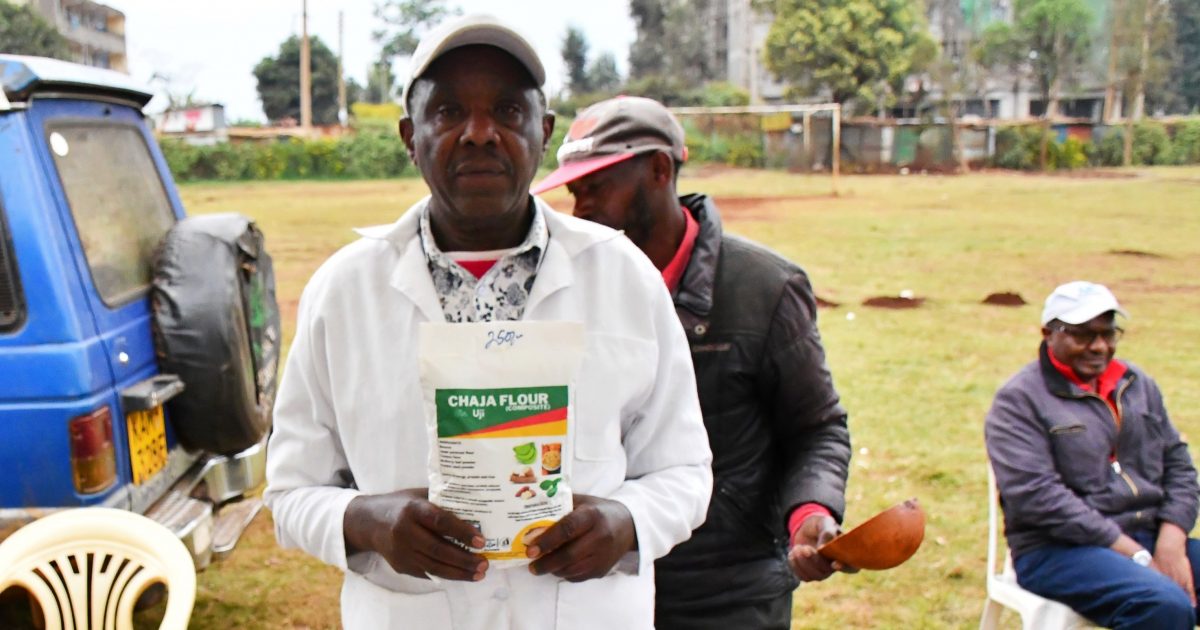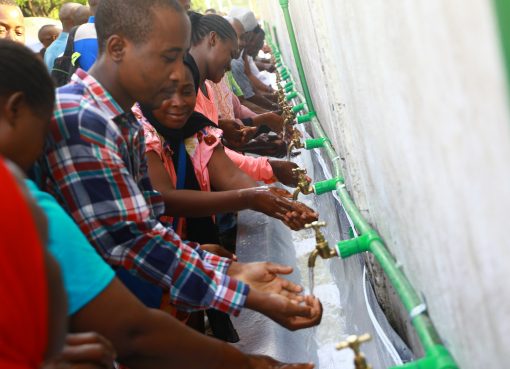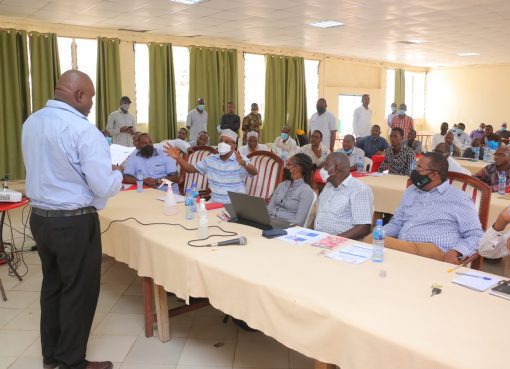Banana is one of the staple food crops grown in the country for both home consumption and sale to local markets.
Banana plant is widely grown in most parts of Kenya for cooking and dessert, but with the coming up of new technology and value addition, it has become a cash crop for Kenyan smallholder farmers.
Charles Mundia Waweru, 70, a retired civil servant from Igegania village in Gatundu North, Kiambu County is one of the farmers who have ventured not only on banana production, but also on value addition on the crop.
“The thought of banana farming emanated from a training program I underwent in Murang’a County, concerning value addition in the year 2008, four years after my retirement,” he explains.
The journey, he reiterated, was not easy, “When I went to Murang’a for training I arrived late after the training was over. So I had to inquire, find a contact and when I did, he told me I could not be taught alone and that I had to form a group. I formed a farmers group in my village called Karuri Agribusiness with 72 members, but now it has come down to 24 members, who have since formed a cooperative”.
Mundia says that the groups engaged not only in banana production but also cassava, sweet potatoes and sweet yellow fruits and at first, the quality of their products was not so good considering the high standards the buyers wanted, this saw them make a lot of losses from their produce.
“At one point we produced almost 3 tonnes of our produce collectively. We tried to sell, but the buyers were too picky. It was not enough since they only picked the good quality ones and bought only two pickups and we ended up with a lot of rejects, “he said
Mundia did not however give up, but continued with the training programs offered for the group, where he acquired a lot of ideas on how to improve on his farming and value addition. He specifically came up with one of grinding his bananas and using it as flour as a business venture.
“The good thing about banana flour is that you can mix it with maize flour to make porridge and also mix it with wheat flour and sweet potato flour to make cakes, mandazi or chapatis, ” he says.
When starting this business, Mundia did not have sufficient money to purchase the grinding machine and so made a homemade one to start off, but afterwards when the business picked up, he bought a machine.
“My initial handmade grinder was slow as I took a lot of time to grind the bananas, but once I started selling and I could see a niche, I was able to purchase a better, advanced and faster grinder that I am now using,” he says.
Mundia says that in order to stay afloat, he continues attending farming programs and training organized by the Agriculture Sector Development Support Programme (ASDSP), where he met a health nutritionist and a field agricultural officer, who taught how to grind not only bananas, but also cassava and pumpkin seeds.
The ASDSP programme was implemented by the Swedish Government to transform Kenya’s agricultural sector into an innovative, commercially oriented, competitive and modern industry and increase farmers’ income, employment and food security.
Mundia expounded to KNA on the process of grinding the raw bananas, cassava and pumpkin seeds where after grinding, he dries the farm products in the sun and then packages his product dubbed “ChaJa Flour”.
“This is a mixture of banana flour, sweet potato flour, pumpkin seeds, cassava flour and mulberry leaf powder. The ingredients have been carefully selected and blended to offer convenience, acceptable taste and nourishment. It is also a product that has been authorized by Kenya Bureau of Standards (KEBS),” he says.
Mundia says that the benefit of this flour which he sells at Sh200 per kg is cost effective. For instance, when making ugali, one only adds a small amount of maize flour to the Chaja flour or even the wheat flour.
Mundia has gone ahead and opened a hotel at Kamwangi area where he sells porridge using chaja flour and people love it especially the mothers and the aged which is an indication that they are enjoying the porridge that is a rich source of energy, protein and iron.
The septuagenarian tells KNA that in the next five years, he plans to expand business which he manages together with some of his children by giving opportunities to other youth in his area.
“I want to advise farmers to embrace the banana family and explore the nutritious value and benefits. Let them also invest in farm machinery. Persistence is important and they should not give up once they start a business but continue to invest and also embrace innovation such as the grinding machine, I got it and has transformed my life and that of my family,” he says.
Mundia desires to be able to expand his business and provide his products through the school feeding program as they are healthy for the school going children.
Banana production occupies 2 percent of Kenya’s arable land. In Kiambu, Banana production is rain fed, and has two rainy seasons and grown in high rainfall areas that have been under cultivation for a very long time and this has sometimes led to reduced banana production.
Last year, Kiambu County Government launched Kamkwamba Irrigation Project in Gatundu North Sub County to assist farmers to increase production and export produce of bananas benefitting more than 15,000 farmers.
By Fridah Chomba





